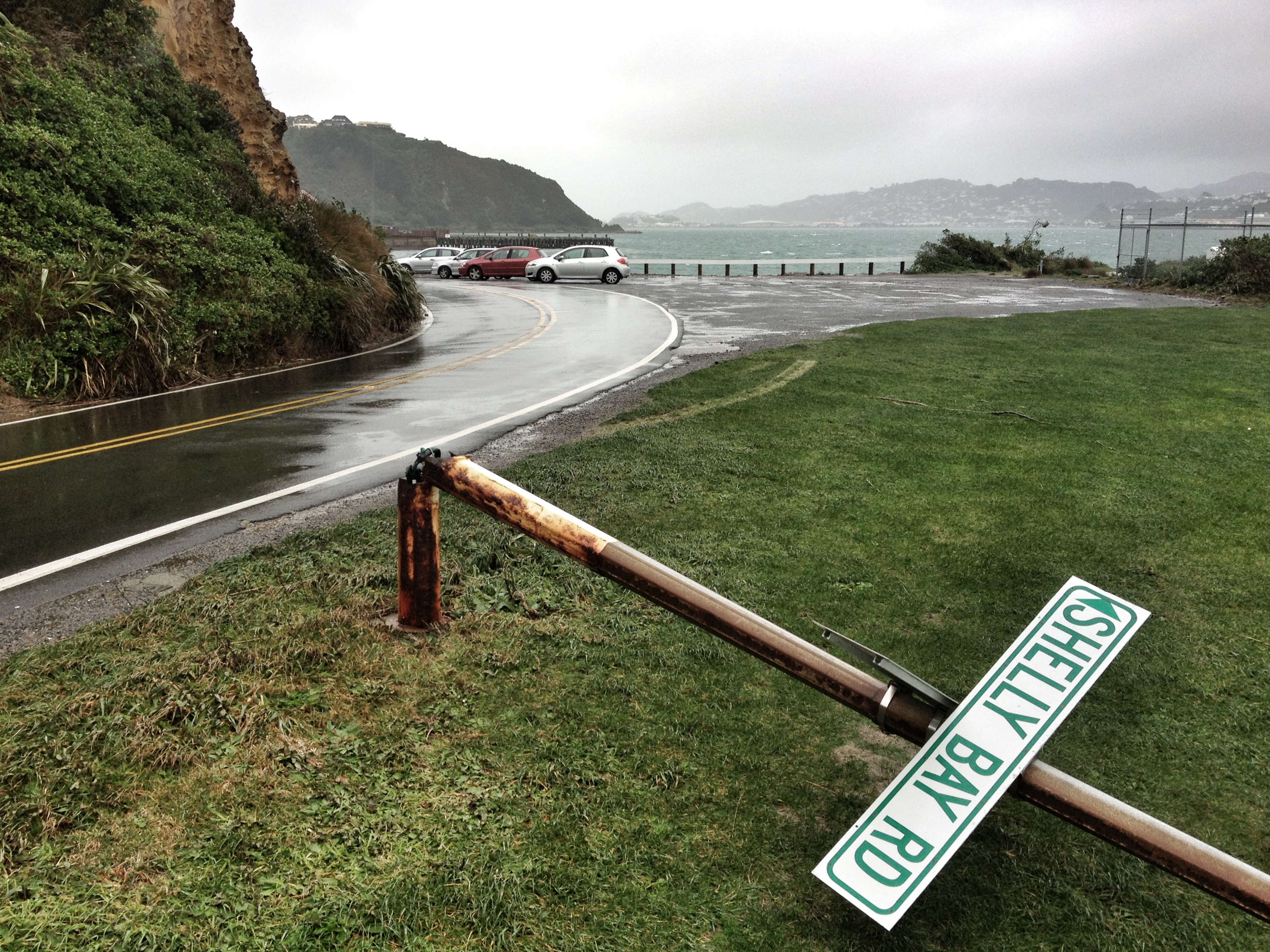
Benoit - 11 Mai 2022
During the first months of this year, I haven’t been nearly as present on this blog as I’d like. I’ve attended to other commitments – something to do with the airport wanting to expand in a climate emergency, calling on the justice system to stop this aberration, and testing politicians’ appetite to align their actions with their words on climate change. Seriously, Guardians of the Bays need your help, so show them some love here.
Meanwhile, the Wellington City Council has launched another consultation. This time, it’s about Shelly Bay road. The question is: what do you think should be done to the windy road between the Miramar cutting and Shelly Bay so that rows of trucks can get there and build Cassel’s vision for this special place?
Let’s look at the multiple consultations that have happened over the past couple of years, and how they went:
The Shelly Bay development itself: 350 homes away from any transport spine, away from the CBD, distributed over 10 storey buildings, in an area exposed to sea-level rise.
Voters elected a Council majorly opposed to the development (some Councillors being 100% opposed), and yet, the WCC decided to sell/lease the stretch of public land to Cassels.
The shared path, between Shelly Bay and Scorching Bay, was voted on twice by the WCC in 2021. One plan was for the road to be made one way, with one lane given to bikes and pedestrians. This was decided at the end of the lockdown, when flocks of locals had been visiting Shelly Bay. But twice WCC officers turned it down and the project didn’t go ahead.
The Cobham Drive crossing is another interesting one: traffic lights will be installed between the roundabout by the ASB Sports Centre and the crossing with Evans Bay Parade. 73% of the people who took part in this consultation opposed the crossing, and yet it is happening. Whether you are for or against this crossing, the consultation that led to it is disconcerting, to say the least.
But it annoys the airport big time, and that’s not the smallest of the crossing’s benefits.
With that in mind (and plenty of other consultations over this term), one could legitimately wonder: why bother taking part in consultation again? In many cases, it is a tick box exercise, with questions skewed towards an already decided outcome, which will go ahead anyway. Some consultations oversimplify, some pile on hundreds of pages and require a doctorate to understand.
Local democracy is in desperate need of a new engagement process with residents, one they can trust, one that is inviting, reliable, with a level of details matching people’s level of interest, presenting facts, while enabling the democratic debate to happen, far from party politics or politicians’ agenda, one that is binding. We need a consultation process in the form of a referendum, but better organised.
Ignoring this basic problem can only have one outcome: only ~30% of Wellingtonians were satisfied by the WCC in 2020. In 2021, this satisfaction dropped to 16%. Participation in local elections is equally plummeting.
2022 is an election year, a democratic year, and one would think mayoral candidates would have a series of policies to address this debacle. They’ve all put forward their strong desire to consult with the communities, but I bet none of them has the shadow of a change to propose. It won’t even figure on their policies leaflets. It’s a shame: until someone comes forward with a solution for better engagement, satisfaction with our council will continue to fall, and so will participation.
Benoit, le 11 Mai 2022